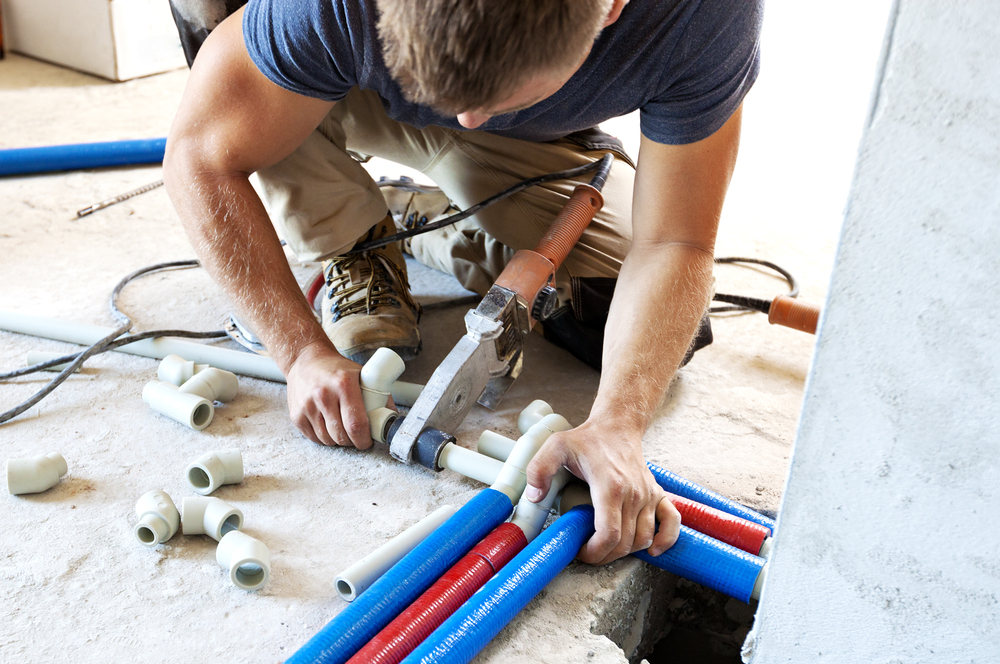A Step-by-Step Overview to Effective Hot Water Heater Setup for Optimal Efficiency
Embarking on the job of setting up a water heater is a venture that demands precision and a systematic approach for achieving ideal performance. As you continue, the details of attaching water supply lines and establishing up trustworthy electrical or gas connections wait for, promising understandings right into guaranteeing effectiveness and reliability.
Choosing the Right Water Heater

Following, think about the dimension and capability of the hot water heater. It's crucial to analyze your family's hot water demands, which can differ based upon the variety of occupants and their usage patterns. A system that's also small may lead to inadequate hot water, while a large version might cause unnecessary power consumption.
Performance scores additionally play a critical function in choice. Search for hot water heater with high Energy Factor (EF) scores, showing exceptional performance and minimized energy use. Tankless versions, though generally much more costly in advance, deal substantial energy cost savings with time because of their on-demand heating abilities.
Preparing the Installation Area
Prior to installing a new water heater, careful preparation of the setup location is necessary. It's important to measure the room thoroughly to suit the water heater's measurements, ensuring appropriate clearance around the unit for effective procedure and servicing.
Inspect the floor for stability, as the water heater will need a strong, degree surface area to run efficiently. If needed, mount a drip frying pan underneath the system to catch prospective leaks or spills, avoiding water damage to the surrounding area.
Furthermore, guarantee that all needed devices and materials are on hand prior to starting the setup. This includes items such as wrenches, screwdrivers, a level, and any kind of added hardware required for protecting the heater and placing. A well-prepared installment area sets the structure for an effective water heating unit setup, maximizing efficiency and security.
Connecting Water Supply Lines
When attaching water system lines to your recently mounted water heating system, it is vital to make sure that all connections are safe and secure and leak-free to keep effective operation and avoid water damages. Begin by identifying the cool and warm water supply lines. The chilly water inlet is generally noted with a blue label or a "C", while the warm water outlet is noted with a red label or an "H".
Usage flexible water heater ports to assist in an easier installation process. Before connecting the ports, position a plumber's tape around the threaded ends of the water heating unit's inlet and outlet pipes.
When links remain in location, gradually switch on the primary water shutoff. Evaluate each link for leakages by aesthetically examining and really feeling for dampness. Tighten up links as essential, and guarantee the pressure relief shutoff is appropriately mounted, guarding versus too much stress build-up.
Setting Up Electrical or Gas Connections
Properly establishing up the electric or gas links for your hot water heater is a crucial action to make certain effective and safe operation. For electrical hot water heater, begin by verifying that the electrical circuit is compatible with the heating system's voltage and amperage demands. Guarantee the power supply is turned off at the breaker to protect against mishaps. Connect the electric cords to the heating unit following the manufacturer's circuitry representation. Usually, this involves attaching the ground cable to the green terminal, and the continuing to be cables to their corresponding terminals, safeguarding each with cord nuts.
For gas water heaters, safety is extremely important. Connect the gas line to the water heating unit making use of a flexible gas connector, ensuring it is appropriately threaded and secured with pipe joint compound or Teflon tape ideal for gas connections.
When connections are made, check for any kind of possible leaks. For gas lines, apply a soapy water service to the joints; bubbles suggest a leakage. For electric links, double-check that all electrical wiring is safe and effectively shielded, maintaining compliance with local electrical codes.
Checking and Changing for Performance
With the electric and gas connections safely in location, the next step is examining the functional performance of your hot water heater. Begin by carefully switching on the water supply and ensuring there are no leaks at any one of the joints or valves. When confirmed, proceed to fill the container, taking notice of the stress and temperature level official site settings. It is recommended to view set the thermostat to a recommended temperature level of around 120 ° F(49 ° C) to balance energy performance and convenience.
Next, execute a comprehensive inspection to make certain the home heating elements or burner are working appropriately. For electric heating systems, make use of a multimeter to confirm if the elements are attracting the suitable current. In gas designs, observe the burner fire; it ought to be blue and steady, indicating reliable combustion.
Readjust the setups as needed to eliminate inadequacies. Think about implementing insulation procedures, such as adding a hot water heater blanket, to additionally enhance efficiency by reducing warmth loss. Additionally, examine the anode rod's condition, as a deteriorated pole can reduce effectiveness and bring about storage tank deterioration.
Final Thought
Reliable water heating system installment is essential for guaranteeing ideal performance and energy cost savings. Safely linking water supply lines and very carefully setting up electric or gas links decrease possible concerns.

Properly setting up the electrical or gas connections for your water heating unit is a crucial step to guarantee effective and risk-free operation. For electric water heating units, begin by confirming that the electric circuit is compatible with the heating system's voltage and amperage needs. Connect the gas line to the water heater using a versatile gas adapter, look here ensuring it is properly threaded and sealed with pipe joint substance or Teflon tape ideal for gas links.